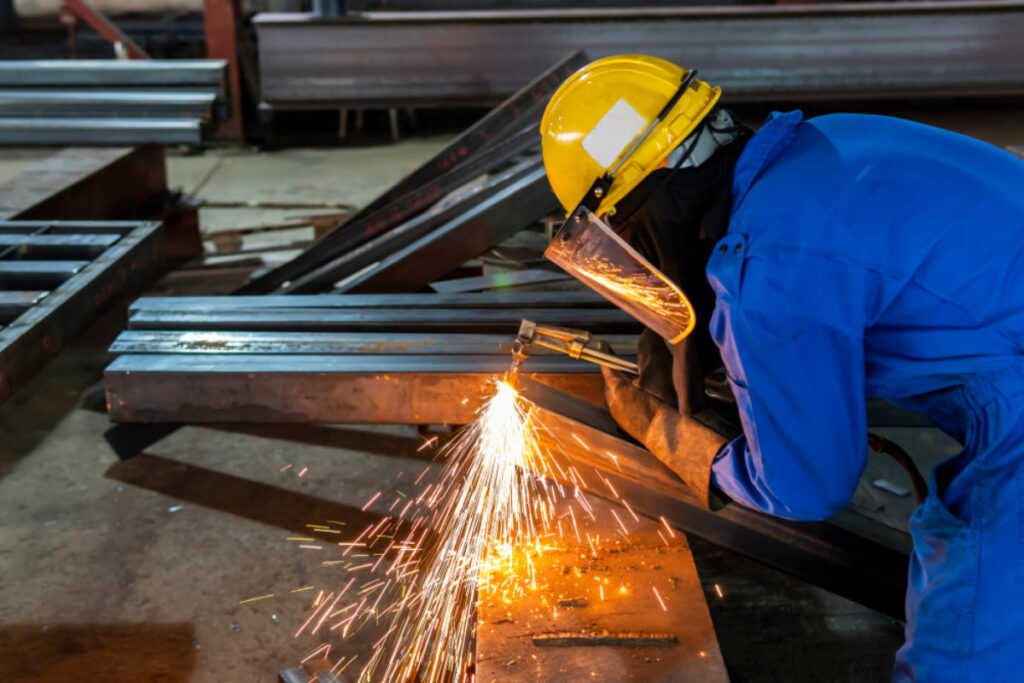Structural Fabrication
Structural fabrication refers to the process of cutting, shaping, assembling, and joining various raw materials—typically steel or other metals—to create components used in structural applications. This method is essential in constructing buildings, bridges, industrial facilities, and other structures requiring a strong framework.

Key Aspects of Structural Fabrication
Material Preparation
- Metals such as steel, aluminum, or other alloys are sourced as raw materials.
- Materials are prepared through processes like cleaning, cutting, or pre-finishing.
Cutting and Shaping
- Materials are cut using advanced tools like laser cutters, plasma cutters, or saws.
- Shaping involves bending, rolling, or punching to achieve desired forms.
Assembly
- Components are pieced together using techniques like welding, bolting, or riveting.
Finishing
Surfaces are coated or treated to prevent corrosion, improve durability, and meet aesthetic or functional requirements.
Quality Control
Inspections are conducted to ensure the fabricated structure meets design specifications and safety standards.
Applications of Structural Fabrication
Buildings
The design of framework for commercial, industrial, and residential structures.
Bridges
Trusses, girders, and deck supports are integral components of structural systems.
Industrial Facilities
Platforms, storage tanks, & machinery frames are critical elements in structural engineering.
Energy Projects
Pipelines, power plants, and renewable energy structures like wind turbines.
